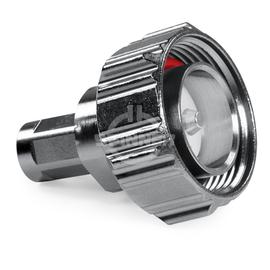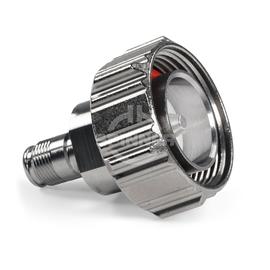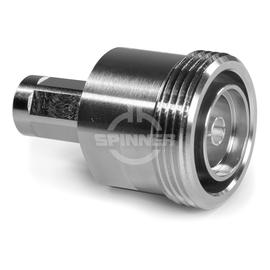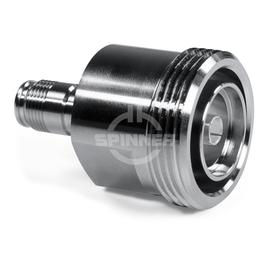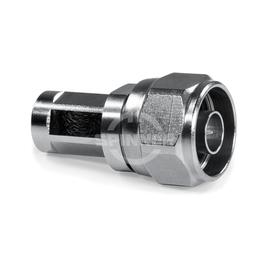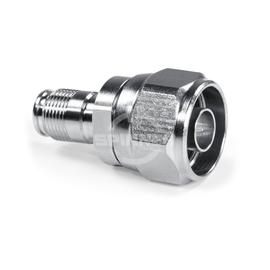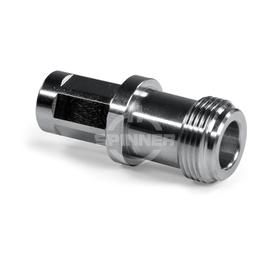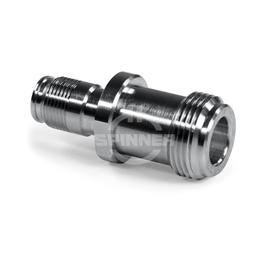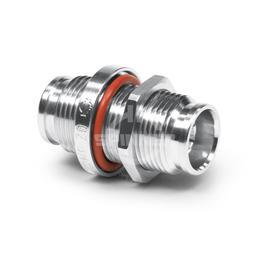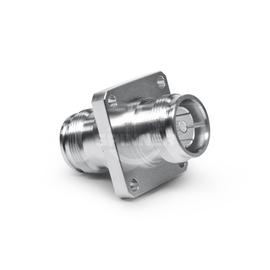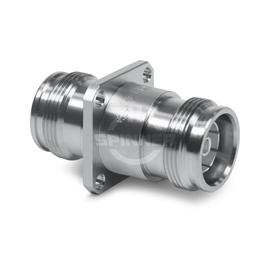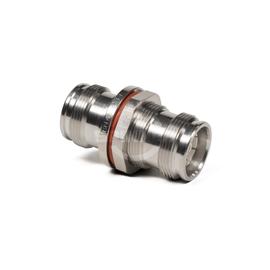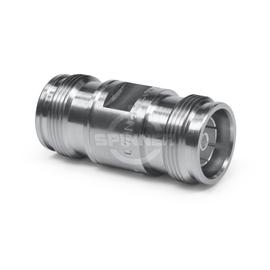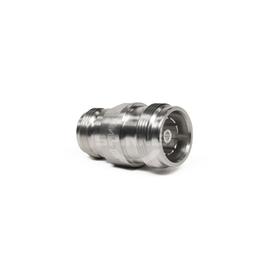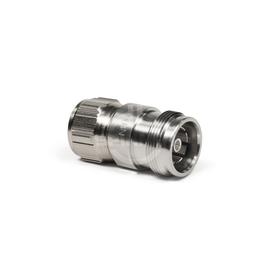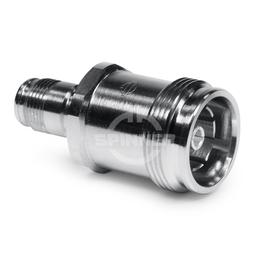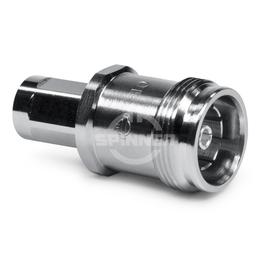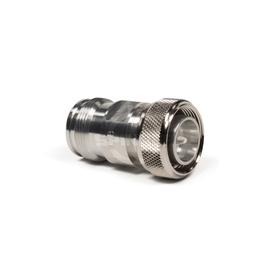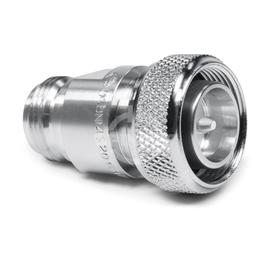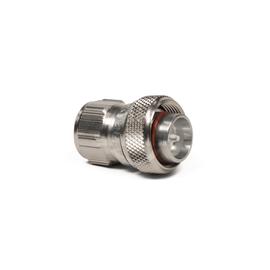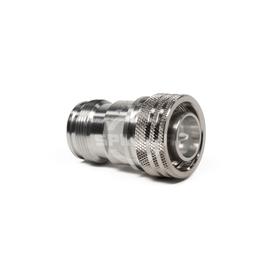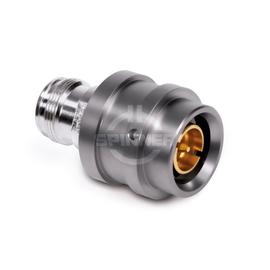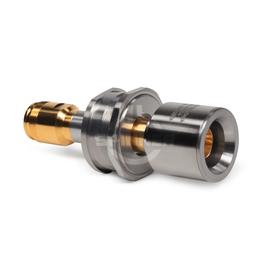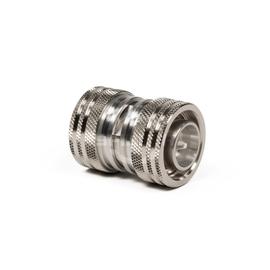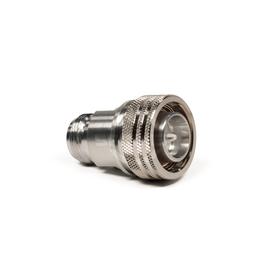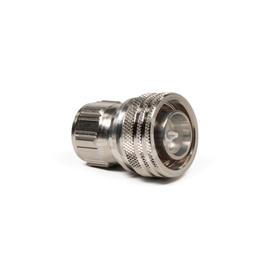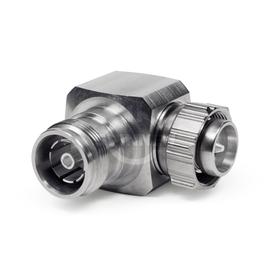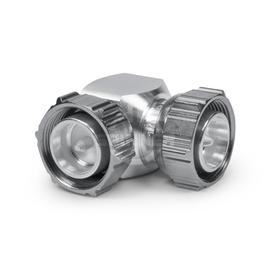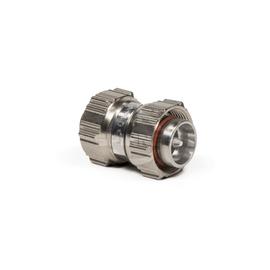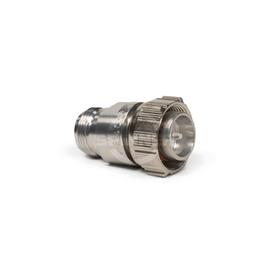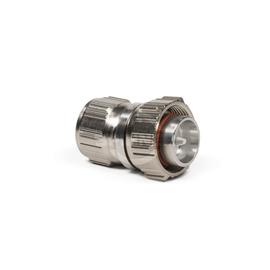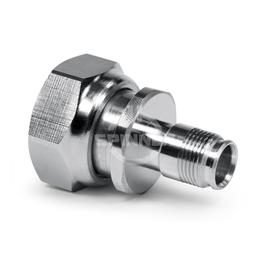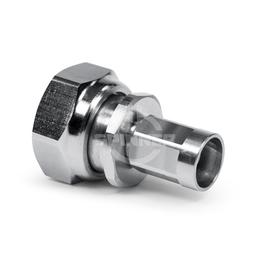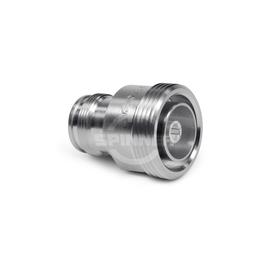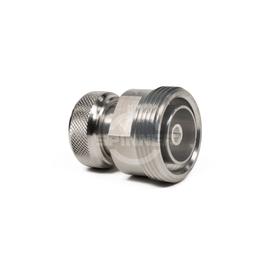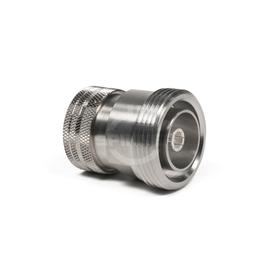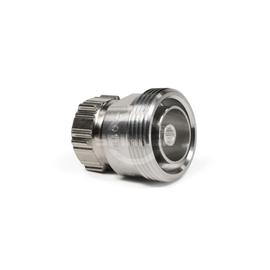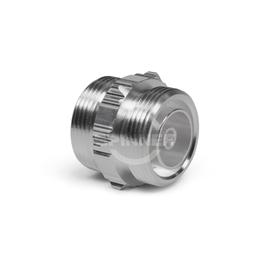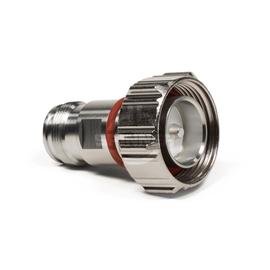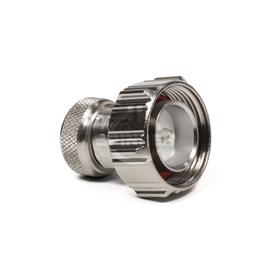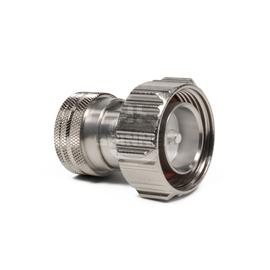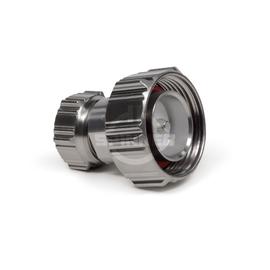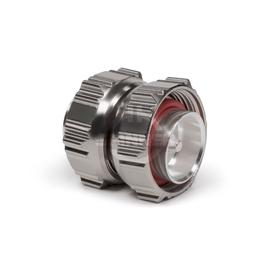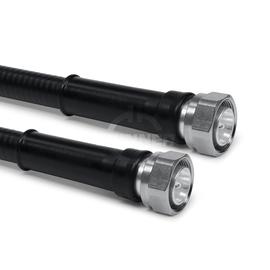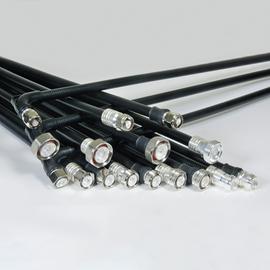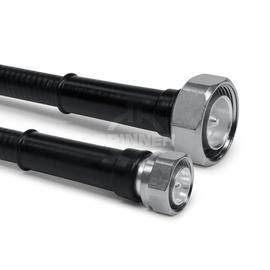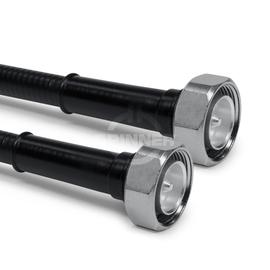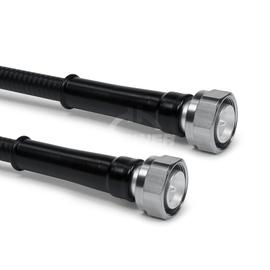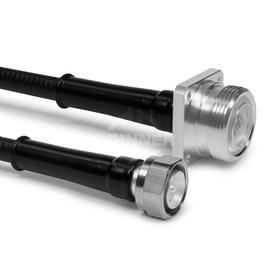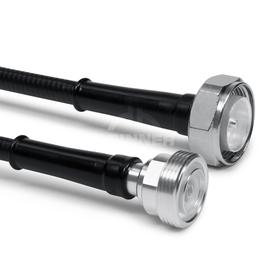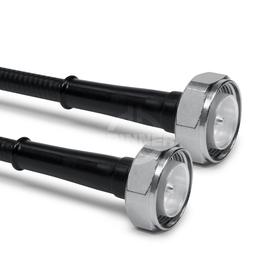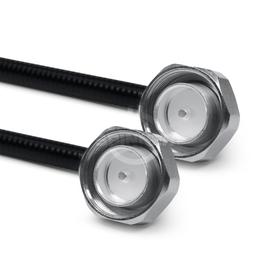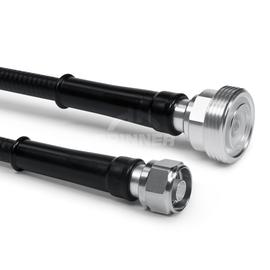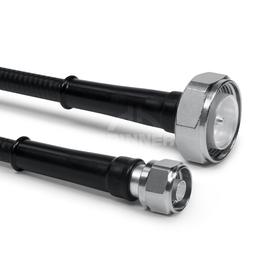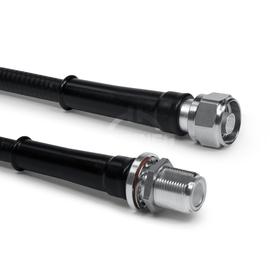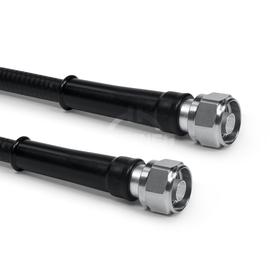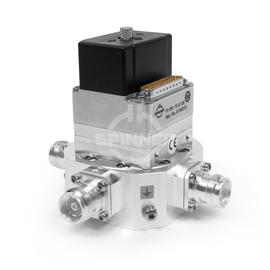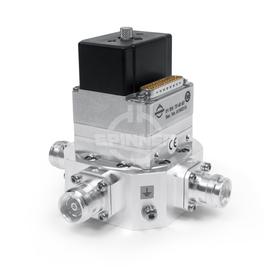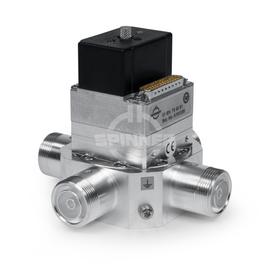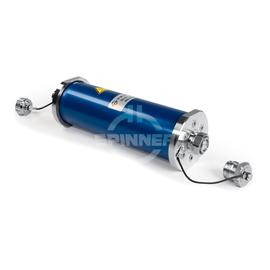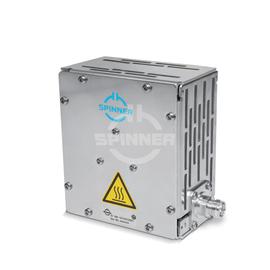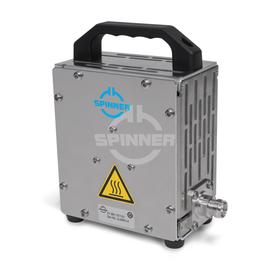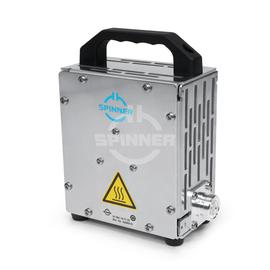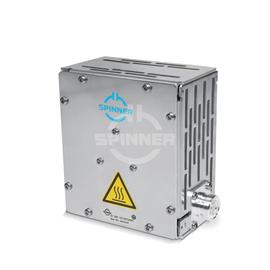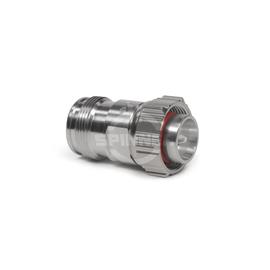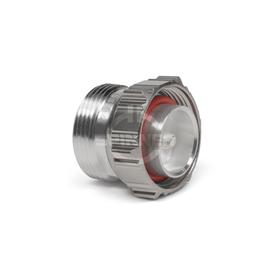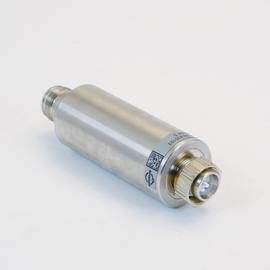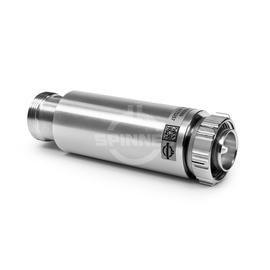Experience of minimizing passive intermodulation (PIM)
As a technology leader SPINNER knows that one of the most important and challenging goals is to achieve extremely low 3rd order intermodulation products.
Passive intermodulation (PIM) is a form of intermodulation caused by the (generally very small) nonlinearities present in all passive rf components. Symptoms include reduced bandwidth and even interrupted transmissions. Fixing the problem involves additional and often repeated investments for locating and replacing components with bad PIM behavior. At SPINNER we believe in avoiding these issues from the start.
SPINNER was the first vendor to recognize the potential risks of PIM. SPINNER has been warning customers of the risks of PIM since the early days of communication systems. Current mobile networks based on different technologies utilize multiple frequency bands in parallel in order to maximize the use of available radio frequency spectrum. However, this makes it more important than ever to minimize PIM. Today’s mobile network carriers are aware of the impact that PIM has on the performance of their networks and insist that it be as low as possible.
SPINNER understands how PIM performance can affect the growth of cellular networks. For decades SPINNER has been devoting a huge R&D effort to offer a comprehensive portfolio of low-PIM products. We also set extraordinarily high standards with our definition of „low PIM“. Even most of our standard products such as connectors and jumpers feature a value of -160 dBc or better.
Of course, while this is enough for many applications, some situation require even better performance. And accurately measuring PIM is one of the greatest challenges.
SPINNER has developed a large portfolio of specialized equipment with outstandingly low PIM. It includes self-aligning connectors, diplexers, rotary joints, loads, switch matrices, IM reference standards and more. SPINNER provides these products with the highest standards of quality.
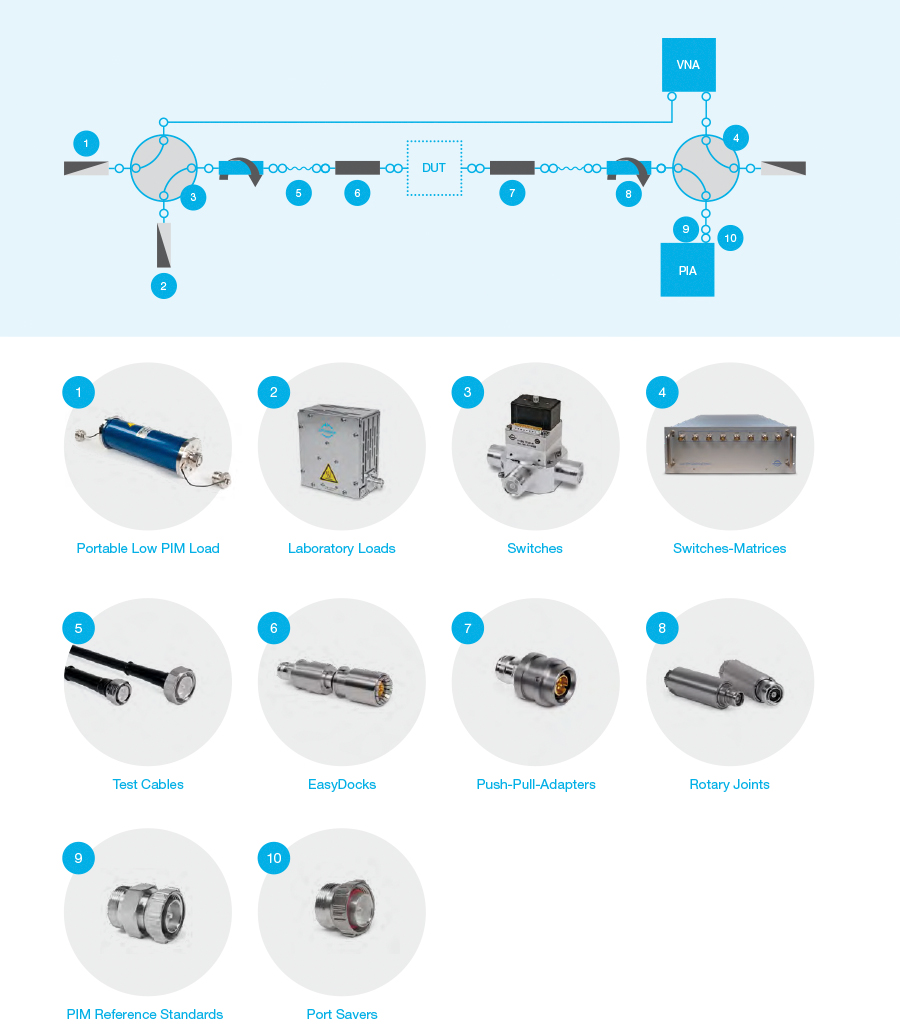
Best Practices
- Avoid all damage and contamination that may affect PIM values.
- Make sure that all RF-relevant electrical connections used for PIM measurement are free of metal particles, dust, oxides and other contamination.
- All inter-series adapters used for measurement should be designed as “PIM free” solutions with a single-piece inner conductor and a single-piece outer conductor.
- It is strongly recommended to use a dial gauge to ensure the right pin depths on each connector, otherwise there is a risk of damage and/or deformation.
- When a bad connection is discovered, sometimes the first reaction is to overtighten it. Instead, all coupling nuts and cable inputs should be tightened using a torque wrench that is adjusted to the right torque as given in the installation instructions. This will help minimize PIM.

